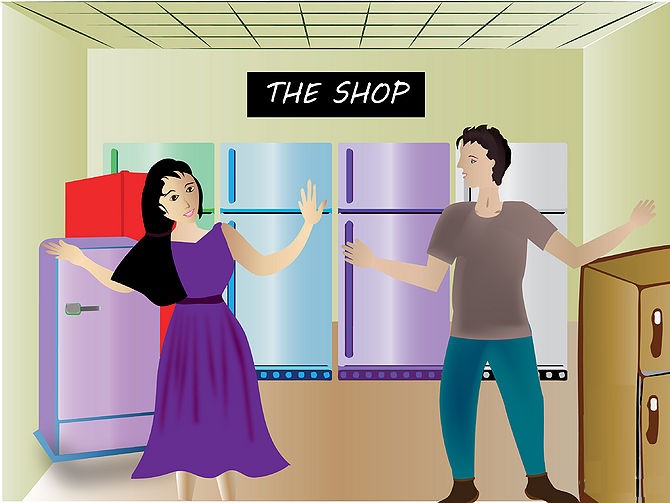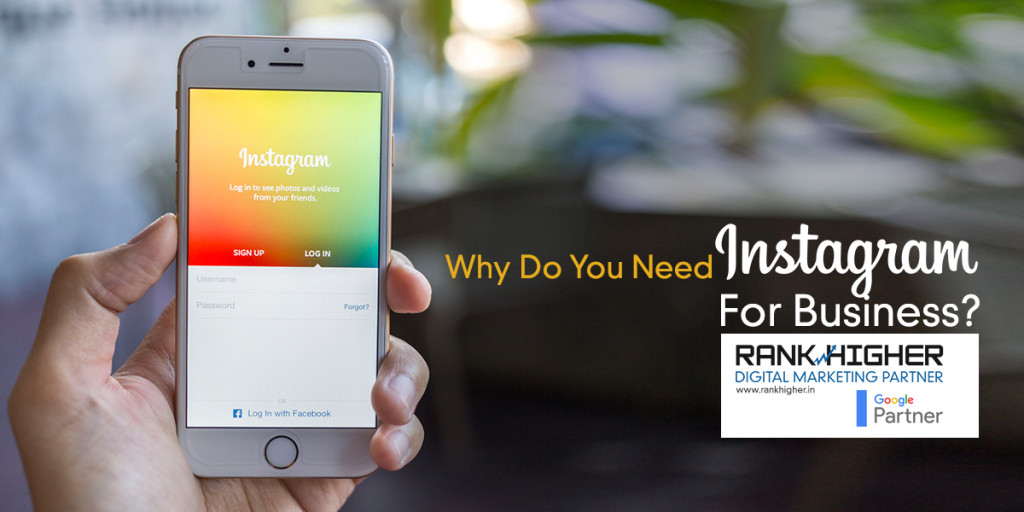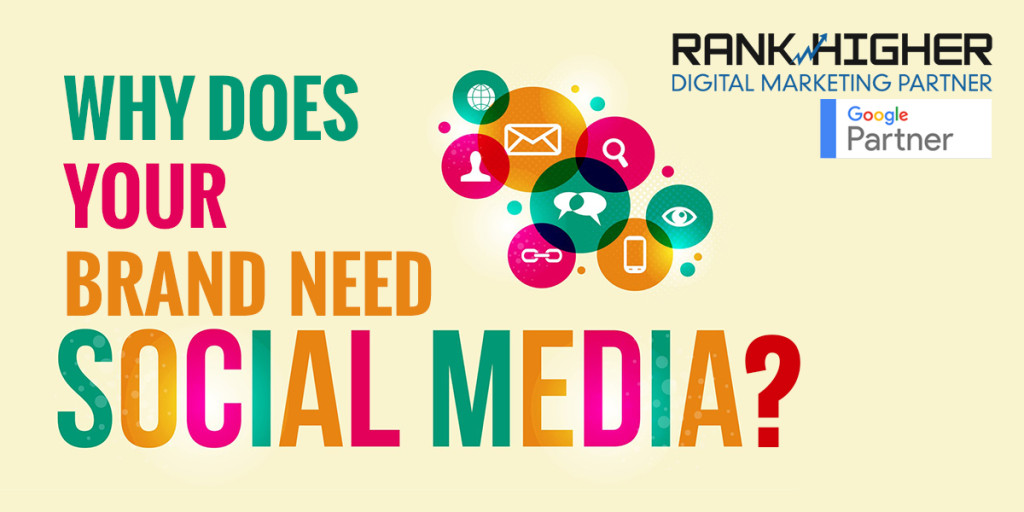Consumer journey is one thing which every marketer chases. This has undergone tremendous change over a period of time and keeps challenging the marketers to identify better strategies.
Let’s walk through a typical consumer journey of a newly married couple Rahul & Swetha, who are planning to buy a refrigerator.
In 2000
If they were married in 2000, they would check the newspapers and television advertisements for new models of refrigerators. Reading through the leaflets of product, they would learn about the product features and then walk into retail stores to experiment the product. They would ask their friends and relatives for any recommendations to arrive at a decision based on the various factors. They would eventually buy a product recommended by whom they trust, which met their requirement in terms of features, specifications, price and one that impressed them with design, color etc.
In 2014
They do a Google search to identify one or more products to meet their requirement. They click through organic search results or paid advertisements, which will take them to product site or an ecommerce website. They browse through various features or product specifications. Then they probably check into a comparison site to do a comparison. This process may help to shortlist their brands in consideration to a few. After that they look for a brands review in search engine, which may fetch them few results like brands Facebook page or review sites like mouthshut.com etc.
While browsing through the Facebook page they come across a positive comment from one of their close friends (the new word of mouth communication) or they may check the profile of people commented. A few positive comments from genuine profiles (with photograph, what they do, decent set of friends list) will boost their confidence. Then probably they walk into a retail store to have a real look and experience. After that they realize that the brand they are looking for has got a better price and offer in online store and finally they buy the product online.
In 2018
Let’s suppose the consumer journey of Rahul & Swetha is happening in 2018, they probably go through all or some processes they followed in 2014 and additionally there could be some advanced cross channel facilities. Suppose Swetha identified 3 models and saved them to the wish list of a leading ecommerce site. Then they could have option to check the product physically by finding a nearest physical outlet or showroom with which website has partnered with. Also an integrated Google maps to get directions to the nearest physical store.
A transmitter installed at retailer’s entrance identifies them and sends a push message greeting them and providing them personalized offers and recommendation based on the history available. The online stores app installed in his/her smart phone, provides quick links to reach the product section and provides a call button to speak to an expert about the product.
It also provides ‘virtual designer’ option which helps them to take a picture of the product, which captures the measurements to check whether this will fit into the limited space available in their new kitchen. It also allows for a color match with the wall texture by providing a real time 3D image in their smart phone itself. Furthermore, it syncs with your other social media applications like Facebook, Twitter or Whatsapp to ask opinion from your friends and relatives, by sending the picture. In the mean time website pushes them to make the final decision by probably offering an additional exclusive discount of 5%. Given all inputs are favourable they will then buy the product by making a payment from mobile itself. Once the payment is done they get a message confirmation about the date and time of delivery. If they have some other engagement at the mentioned time, it will allow them to choose a convenient time for delivery.
Why Digital Marketing is important for all businesses today?
Changing Culture
End users are becoming digital savvy. Sales processes and purchase funnels have already acquired new shapes. Consumers need more information to take decisions. If your business is not able to provide that, you will loose it to your competition. The job of marketing is to make the business presence at all points where prospects can be influenced.
Engage at all possible touch points.
Marketing’s job is to identify those moments that influence the purchase decision. Every marketer chases these touch points to influence the decision. Every touch point is an opportunity to engage with the customer .With respect to above example the touch points in 2000 were newspapers, television, conversation with family and friends, product experiences. In 2014 it became search engines, social networks, mobile platforms, television, print, conversations in different platforms etc. In future it will be more complicated as digital platforms keep multiplying. It will be more challenging to provide same brand experience across every touch point.
Size doesn’t matter
In traditional marketing, brand and perception building required support of huge marketing spends in the form of advertisements which was limited to only large organisations. The new age digital marketing enables all types of organisations to build their own brand in their respective target group (sometimes) without any advertisement spends.
Laser targeting and Better ROI.
In traditional marketing the opportunity to micro target you Target Group was very limited. For example a medical equipment manufacturer like GE, in order to promote their latest MRI scan machine may advertise with English news channels, business daily or a medical journal to reach decision makers like hospital administrators or top management of hospitals. Here almost 70% of media spend goes waste as most of the people who were exposed to these advertisements may not be the decision makers which results in less ROI. Whereas new age digital marketing helps you to laser target those decision makers within a large industry by geography, vertical or even by organisation, which delivers better ROI.
ROI friendly models like pay per clicks, pay per conversions etc make digital more flexible and marketing friendly. Content targeted display ad placement which offers editorial environment for products advertisement is another wonderful option that most marketers love to use.
The New Digital Marketing Mix
Success in online depends upon the critical mindset shift, i.e the traditional marketing mix of ‘Place’ in 4P’s need to be replaced with ‘information’. In the new digital age, location is least significant where as the information for product/service that the prospects are looking for is more important. Even for services marketing, location is becoming more and more insignificant. For example an accounting services company or a legal services company or a digital marketing firm renders its services across globe irrespective of its office location.
Data drives decision.
Easy-to-track results is the key when it come to digital marketing. With a wide range of analytics and data, you can analyze our own marketing campaigns and find out how the campaign performed and how it can be improved. Of course you can get this data on traditional marketing campaigns also, but a digital campaign will allow you to measure the success in real time, giving you the advantage of planning more effectively and making changes almost instantly.
Do not ignore traditional marketing.
Even though digital marketing provides lot of advantages over traditional one, ignoring it completely may not be wise. Since your customers are spread across different platforms ignoring a medium will be just like ignoring a portion of prospective customers. It is been proven that a well integrated marketing campaign using same communication across different medium delivers better results rather than going with only a single medium. Every medium has got its own strengths and weaknesses.





